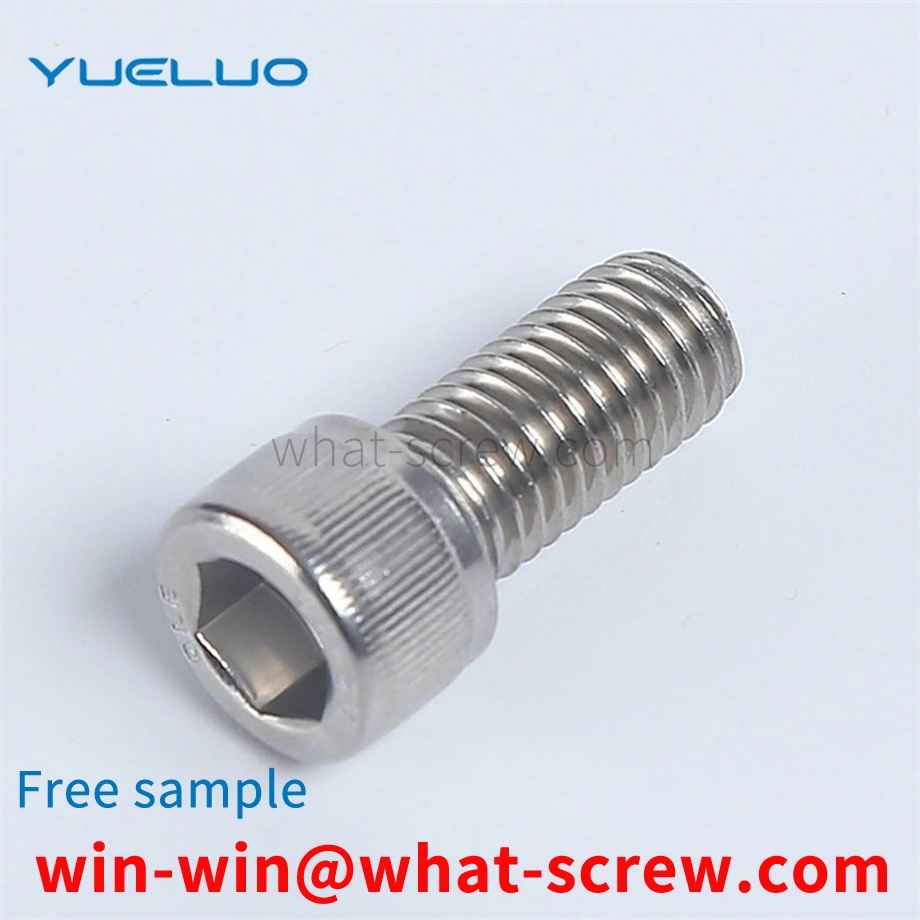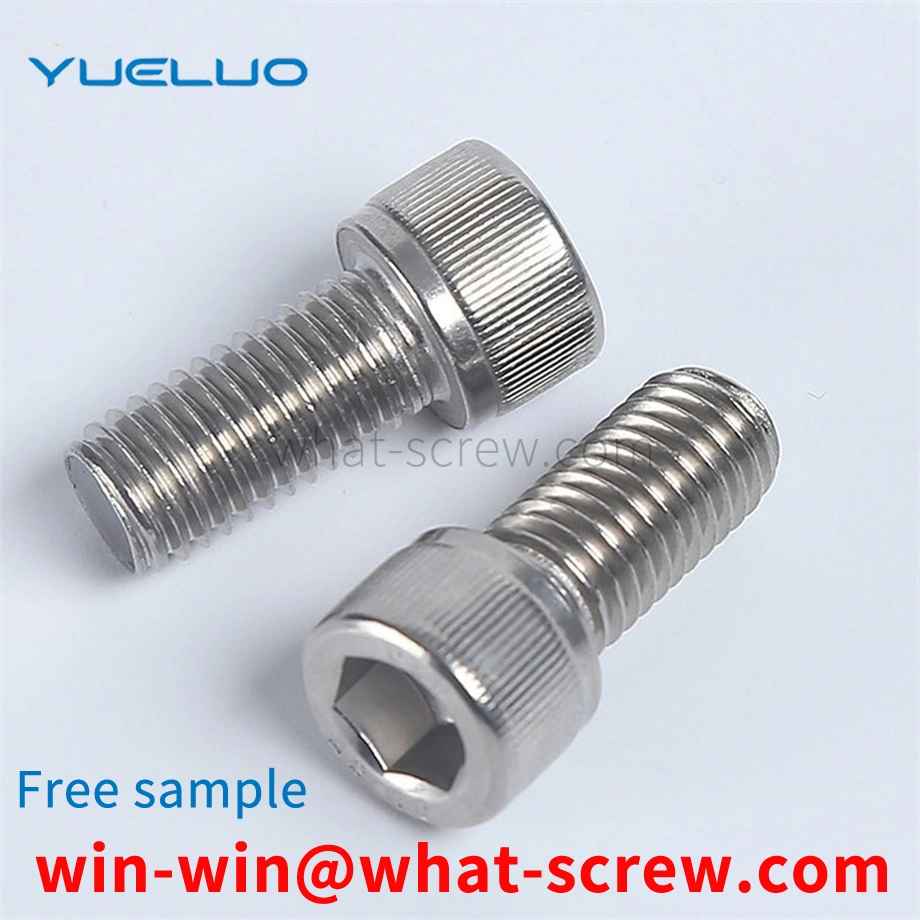Anchor bolts are also known as stiffened anchor plate anchor bolts, welded anchor bolts, anchor claw anchor bolts, rib plate anchor bolts, anchor bolts, anchor screws, anchor wires, etc. It is specially designed to be buried in the concrete foundation and used as the base for fixing various machines and equipment. Figure 7 anchor bolts are the most commonly used anchor bolts. It is generally made of Q235 steel, with high strength using Q345B or 16Mn material, and also using 40Cr material to process 8.8-strength products, and occasionally using secondary or tertiary rebar. Anchor bolts are divided into wool, thick rod and thin rod. The wool material is the raw material steel, which is directly processed from round steel or wire without modification; thick rods or called A-type, thin rods or B-type, are processed from steel modified into the corresponding required rod diameter. Welded anchor bolts are made of single-headed bolts welded with stiffened iron plates. Its anti-pulling ability is strong. According to the different conditions of use, it can reach 3.6, 4.8, 6.8, 8.8 and other grades respectively. The tensile capacity of 3.6 grade 7-shaped anchor bolts is the tensile capacity of the steel itself. The tensile strength of anchor bolts directly processed from Q345B or 16Mn raw materials can reach a tensile strength of 5.8. The tensile strength of grades 4.8, 5.8, 6.8 and 8.8 refer to the provisions on mechanical properties in GB/T3098.1.
In order to solve the problems existing in the prior art, Yueluo Company provides a fastener that prevents the nut from falling off. After the nut is installed in place, a locking strip can be inserted into the groove of the bolt to lock the nut, so that the nut can be locked. It cannot be loosened to prevent the nut from falling off. If the nut needs to be removed, the nut can be removed normally after removing the locking strip.
In terms of inner hexagon, there are two versions of the national standard, one is GB70-76, the 76-year version, and the other is GB70-85, the 85-year version, most of which implement the DIN912 standard, so you should pay attention to the difference in actual business operations: GB70 -85 completely coincides with DIN912, so there is no difference in the use of the new standard, mainly the difference between GB70-76 and DIN912: for M8 series hexagonal products, the diameter of the round head of GB70-76 is 12.5MM, It is smaller than 13.27MM of DIN912. For M10 series inner hexagon products, the round head diameter of GB70-76 is 15MM, which is smaller than 16.27 of DIN912. For M12 series inner hexagon, the round head diameter of GB70-76 is 18MM. It is smaller than the opposite side 18.27 of DIN912, and the round head diameter of the inner hexagon GB70-76 of M16 and M20 series is 0.33MM smaller than that of DIN912, which are 24MM and 30MM respectively. DIN912 is 24.33MM and 30.33MM respectively. In addition, the width of the inner hexagon between the old standard and the German standard is different due to different standards. The inner side of GB70-76 is smaller, and it should be paid attention to in business operations.
The development of a structure with simple production, reasonable structure and stable feeding is of great significance to the field of riveting automation. Technical realization elements: The purpose of this utility model is to overcome the deficiencies in the prior art, and to provide an automatic feeding device for pressure riveting nuts, which has a compact structure and a reasonable design, and can realize the automatic conveying of the pressure riveting nut on the pressure riveting die. Reduce the use of space, improve work efficiency and save labor costs. According to the technical scheme provided by the utility model: the automatic feeding device for riveting nuts, which is characterized in that: it includes an installation bracket, a connecting frame, a flap bracket, a material pushing cylinder, a material pushing block and a flap; the flap bracket is arranged on the installation Below the bracket and attached to the mounting bracket through the connecting bracket.
An anti-loosening nut structure includes a flat nut and an oblique nut. One end surface of the oblique nut is an oblique surface, and an angle is formed between the oblique surface and the vertical line of the screw hole axis of the oblique nut. Nuts are installed on the bolts one after another, and the mating contact surfaces of the two nuts include the inclined surface, which are tightened in sequence.
We have many years of experience in the production and sales of screws, nuts, flat washers, etc. The main products are: four-claw female furniture chair nuts, left-hand screw caps, German standard screws, light round head rivets and other products, we can provide you with suitable screws. Firmware Solutions.



















 Service Hotline
Service Hotline




